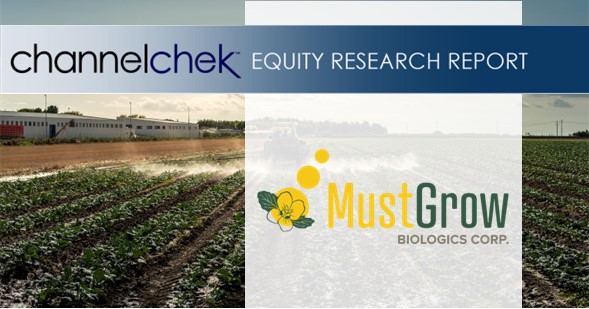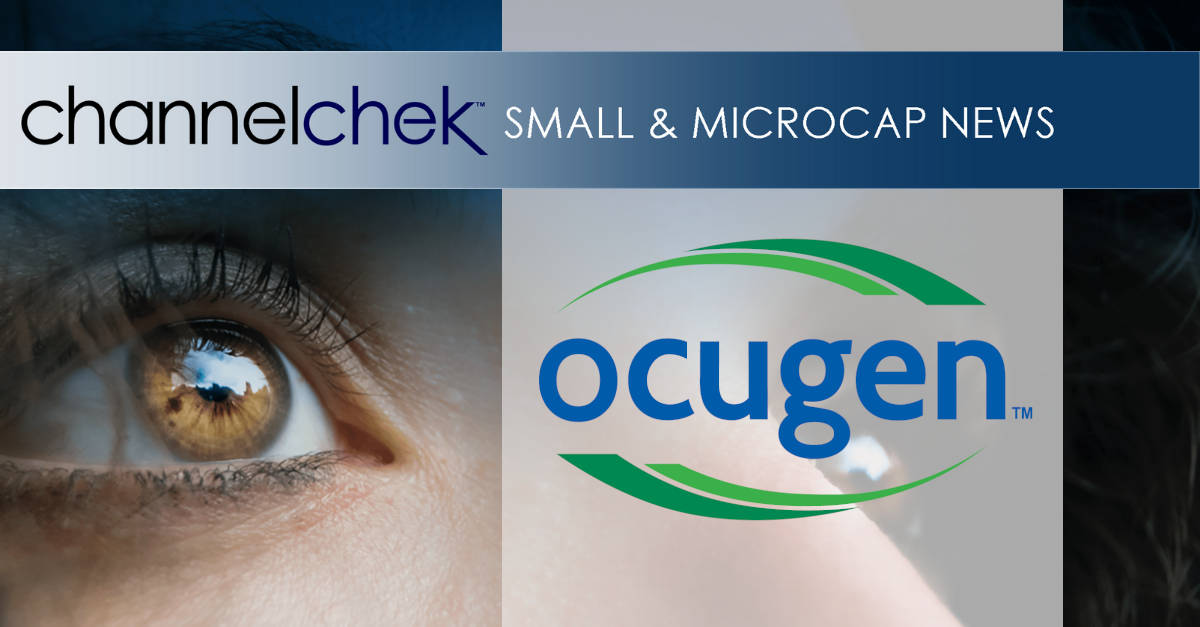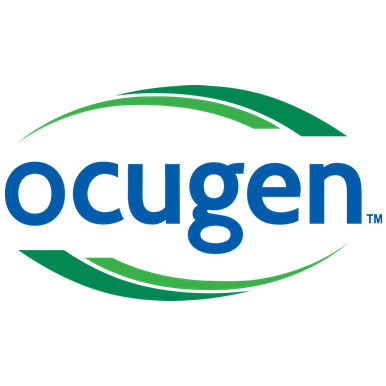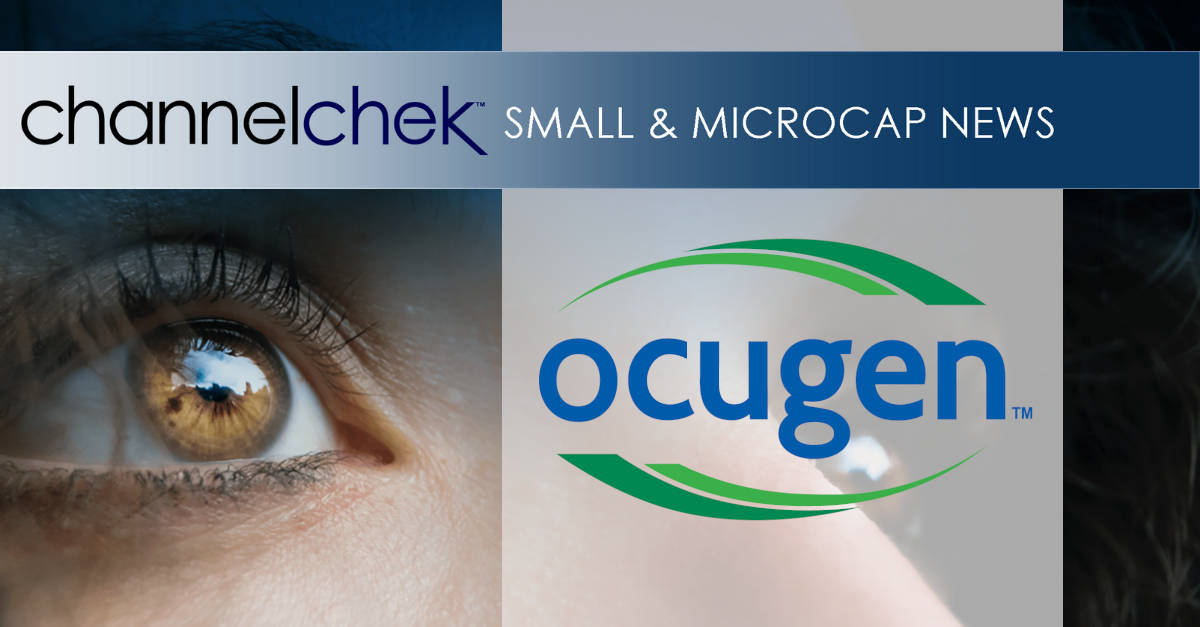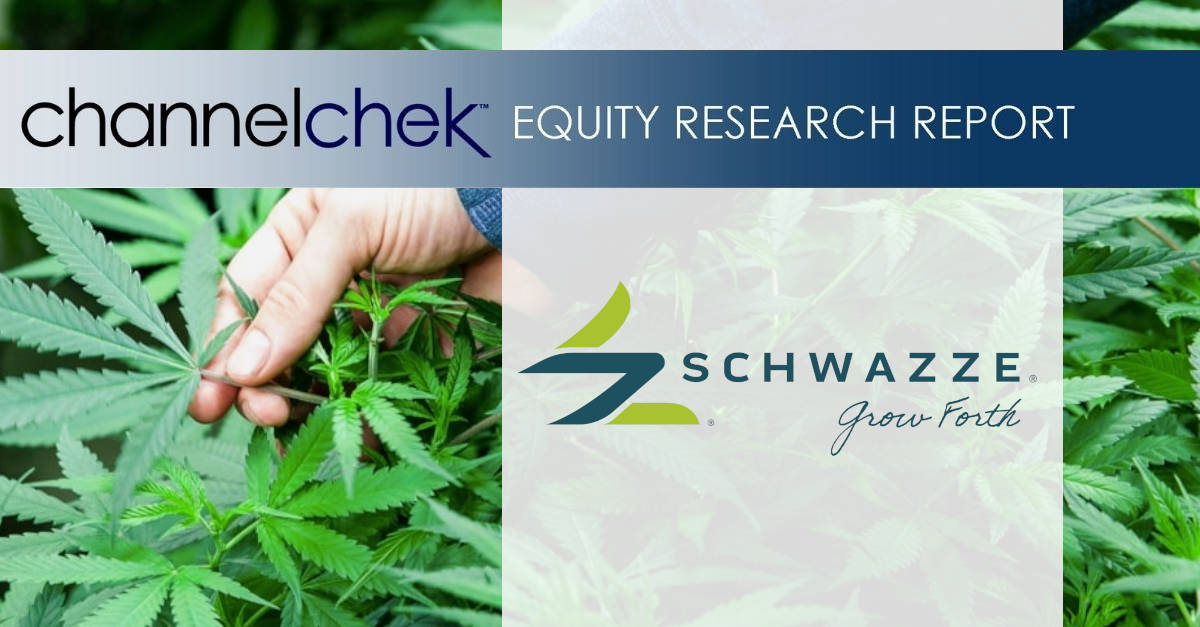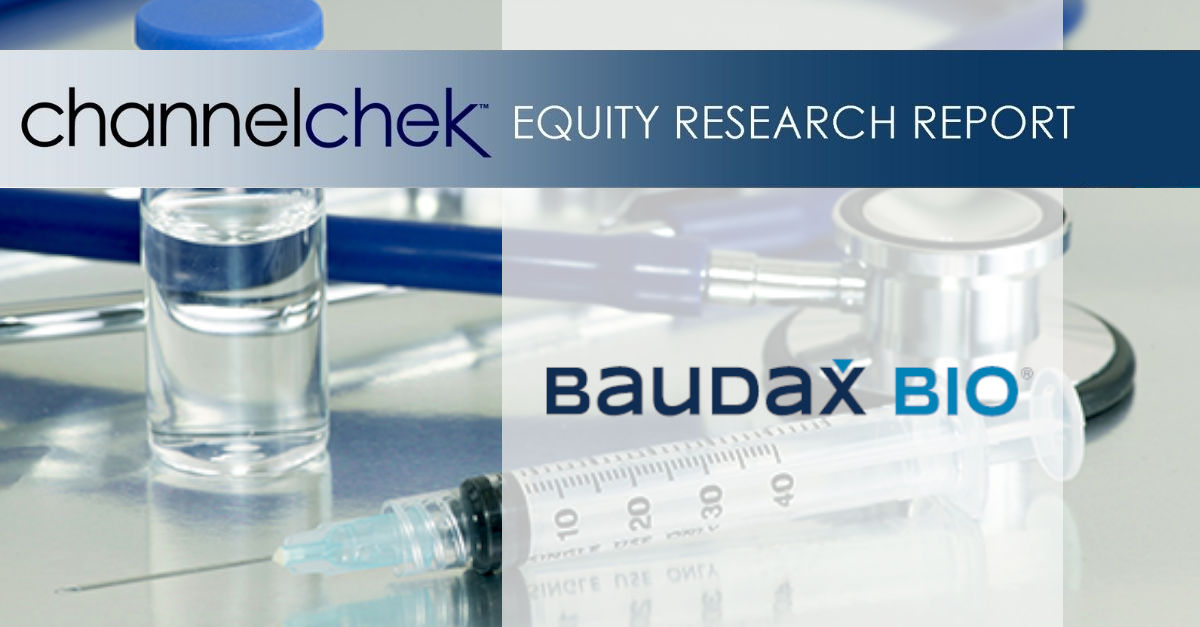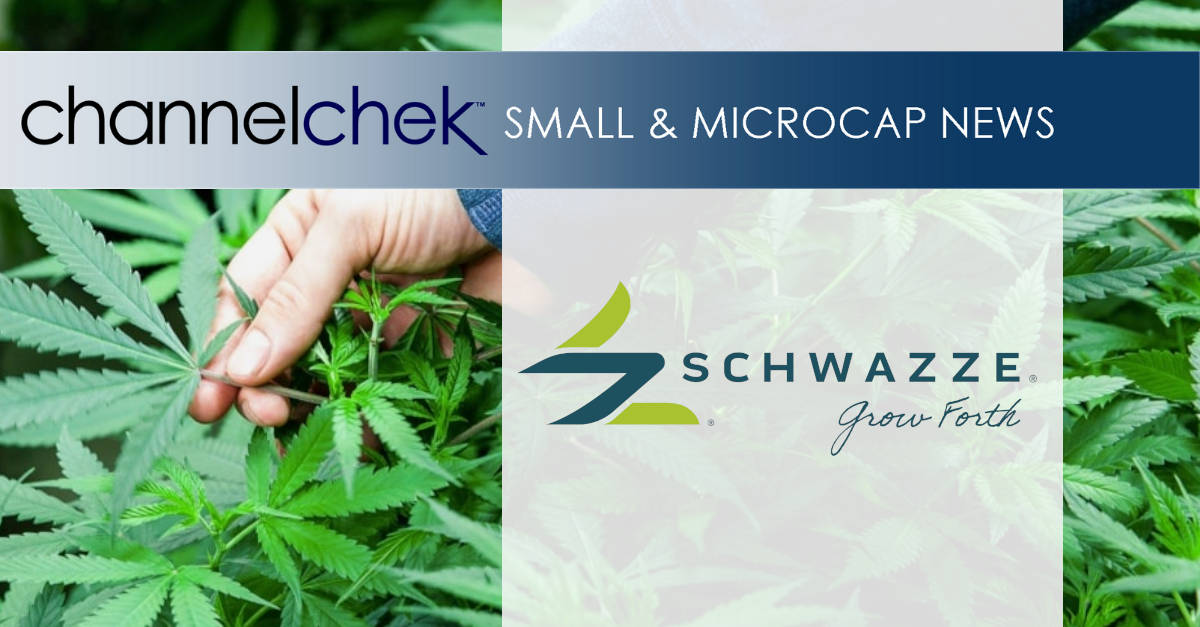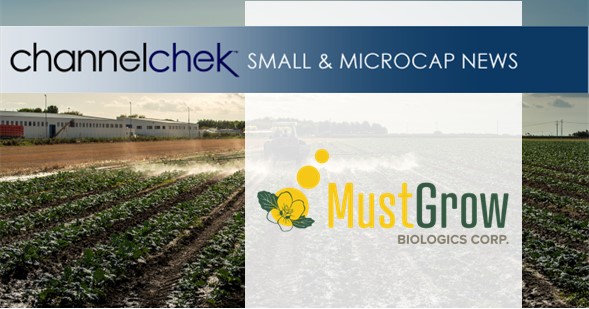Research News and Market Data on PDSB
Abstract selected as featured poster to be reviewed by expert panel in the Head and Neck Cancer discussion session
FLORHAM PARK, N.J., April 27, 2023 (GLOBE NEWSWIRE) — PDS Biotechnology Corporation (Nasdaq: PDSB), a clinical-stage immunotherapy company developing a growing pipeline of targeted immunotherapies for cancer and infectious disease, announced the presentation of updated data from the VERSATILE-002 study at the 2023 ASCO® Annual Meeting being held June 2-6 in Chicago. The abstract was also selected as one of the featured posters to be reviewed by an expert panel in the Head and Neck Cancer discussion session.
VERSATILE-002 is a Phase 2, open-label, multicenter study of the efficacy and safety of PDS0101 administered in combination with Merck’s (known as MSD outside the US and Canada) anti-PD-1 therapy, KEYTRUDA® (pembrolizumab), in adults with human papilloma virus (HPV)16 positive, unresectable recurrent or metastatic head and neck squamous cell carcinoma (HNSCC). VERSATILE-002 is investigating two patient populations of HPV16-positive head and neck cancer patients whose cancer has returned or spread. The first group, which is the focus of the ASCO poster presentation, has not been previously treated with an immune checkpoint inhibitor (ICI), also known as the ICI naïve cohort, and is PD-L1 positive, and the second group of patients has failed treatments including ICI therapy (ICI refractory).
“We are pleased to present updated data from the VERSATILE-002 clinical trial,” stated Lauren V. Wood, M.D., PDS Biotech’s Chief Medical Officer and a co-author of the study. “The incidence of HPV-positive head and neck cancers is growing rapidly, and there is currently a lack of effective targeted therapies to address this population. The ASCO meeting provides an opportunity to share promising early data with the clinical and scientific community that shows how PDS0101 combined with KEYTRUDA® can potentially address this unmet medical need.”
Abstract Number: 6012
Abstract Title: Safety and Efficacy of Immune Checkpoint Inhibitor (ICI) Naïve Cohort from Study of PDS0101 and Pembrolizumab in HPV16-Positive Head and Neck Squamous Cell Carcinoma (HNSCC)
Presenting Author: Katharine Price, M.D., Co-chair, Head and Neck Disease Group, Mayo Clinic Comprehensive Cancer Center
Session Title: Head and Neck Cancer
Poster Presentation: Monday, June 5, 2023, 1:15 PM-4:15 PM CDT
Head and Neck Cancer Poster Discussion Session: Monday, June 5, 2023, 4:30 PM-6:00 PM CDT
About PDS0101
PDS0101, PDS Biotech’s lead candidate, is a novel investigational human papillomavirus (HPV)-targeted immunotherapy that stimulates a potent targeted T cell attack against HPV-positive cancers. PDS0101 is given by subcutaneous injection in combination with other immunotherapies and cancer treatments. Phase 1 monotherapy data demonstrate that PDS0101 generates strong HPV-specific immune responses. Interim Phase 2 data suggest that the combination of PDS0101 with other treatments potentially demonstrates significant disease control by shrinking advanced and metastatic tumors, delaying disease progression and/or prolonging survival. The combination of PDS0101 with other treatments does not appear to compound the toxicity of other agents.
About VERSATILE-002
VERSATILE-002 is a single-arm Phase 2 trial evaluating the safety and efficacy of PDS0101, an HPV16-targeted investigational T cell-activating immunotherapy that leverages PDS Biotech’s proprietary Versamune® technology, in combination with Merck’s anti-PD-1 therapy, KEYTRUDA® (pembrolizumab). The combination is being evaluated in immune checkpoint inhibitor (ICI)-naïve and ICI-refractory patients with recurrent/metastatic HPV16-positive head and neck squamous cell carcinoma (HNSCC) and was granted Fast Track designation by the Food and Drug Administration in June 2022. Preliminary efficacy and safety data were presented at the 2022 American Society of Clinical Oncology (ASCO) Annual Meeting for ICI-naïve patients. Preliminary data from the first 19 patients demonstrated that 77% of the patients with available imaging (17 of 19) had either disease stabilization or tumor shrinkage. Additionally, the overall survival rate of these patients at 9-months was 87%.
KEYTRUDA® is a registered trademark of Merck Sharp and Dohme LLC, a subsidiary of Merck & Co., Inc.,
Rahway, NJ, USA.
About PDS Biotechnology
PDS Biotech is a clinical-stage immunotherapy company developing a growing pipeline of targeted cancer and infectious disease immunotherapies based on our proprietary Versamune®, Versamune® plus PDS0301, and Infectimune™ T cell-activating platforms. We believe our targeted immunotherapies have the potential to overcome the limitations of current immunotherapy approaches through the activation of the right type, quantity and potency of T cells. To date, our lead Versamune® clinical candidate, PDS0101, has demonstrated the ability to shrink tumors and stabilize disease in combination with approved and investigational therapeutics in patients with a broad range of HPV16-associated cancers in multiple Phase 2 clinical trials and will be advancing into a Phase 3 clinical trial in combination with KEYTRUDA® for the treatment of recurrent/metastatic HPV16-positive head and neck cancer in 2023. Our Infectimune™ based vaccines have also demonstrated the potential to induce not only robust and durable neutralizing antibody responses, but also powerful T cell responses, including long-lasting memory T cell responses in pre-clinical studies to date. To learn more, please visit www.pdsbiotech.com or follow us on Twitter at @PDSBiotech.
Forward Looking Statements
This communication contains forward-looking statements (including within the meaning of Section 21E of the United States Securities Exchange Act of 1934, as amended, and Section 27A of the United States Securities Act of 1933, as amended) concerning PDS Biotechnology Corporation (the “Company”) and other matters. These statements may discuss goals, intentions and expectations as to future plans, trends, events, results of operations or financial condition, or otherwise, based on current beliefs of the Company’s management, as well as assumptions made by, and information currently available to, management. Forward-looking statements generally include statements that are predictive in nature and depend upon or refer to future events or conditions, and include words such as “may,” “will,” “should,” “would,” “expect,” “anticipate,” “plan,” “likely,” “believe,” “estimate,” “project,” “intend,” “forecast,” “guidance”, “outlook” and other similar expressions among others. Forward-looking statements are based on current beliefs and assumptions that are subject to risks and uncertainties and are not guarantees of future performance. Actual results could differ materially from those contained in any forward-looking statement as a result of various factors, including, without limitation: the Company’s ability to protect its intellectual property rights; the Company’s anticipated capital requirements, including the Company’s anticipated cash runway and the Company’s current expectations regarding its plans for future equity financings; the Company’s dependence on additional financing to fund its operations and complete the development and commercialization of its product candidates, and the risks that raising such additional capital may restrict the Company’s operations or require the Company to relinquish rights to the Company’s technologies or product candidates; the Company’s limited operating history in the Company’s current line of business, which makes it difficult to evaluate the Company’s prospects, the Company’s business plan or the likelihood of the Company’s successful implementation of such business plan; the timing for the Company or its partners to initiate the planned clinical trials for PDS0101, PDS0203 and other Versamune® and Infectimune™ based product candidates; the future success of such trials; the successful implementation of the Company’s research and development programs and collaborations, including any collaboration studies concerning PDS0101, PDS0203 and other Versamune® and Infectimune™ based product candidates and the Company’s interpretation of the results and findings of such programs and collaborations and whether such results are sufficient to support the future success of the Company’s product candidates; the success, timing and cost of the Company’s ongoing clinical trials and anticipated clinical trials for the Company’s current product candidates, including statements regarding the timing of initiation, pace of enrollment and completion of the trials (including the Company’s ability to fully fund its disclosed clinical trials, which assumes no material changes to the Company’s currently projected expenses), futility analyses, presentations at conferences and data reported in an abstract, and receipt of interim or preliminary results (including, without limitation, any preclinical results or data), which are not necessarily indicative of the final results of the Company’s ongoing clinical trials; any Company statements about its understanding of product candidates mechanisms of action and interpretation of preclinical and early clinical results from its clinical development programs and any collaboration studies; to aid in the development of the Versamune® platform; and other factors, including legislative, regulatory, political and economic developments not within the Company’s control. The foregoing review of important factors that could cause actual events to differ from expectations should not be construed as exhaustive and should be read in conjunction with statements that are included herein and elsewhere, including the risk factors included in the Company’s annual, quarterly and periodic reports filed with the SEC. The forward-looking statements are made only as of the date of this press release and, except as required by applicable law, the Company undertakes no obligation to revise or update any forward-looking statement, or to make any other forward-looking statements, whether as a result of new information, future events or otherwise.
Versamune® is a registered trademark and Infectimune™ is a trademark of PDS Biotechnology.
Investor Contacts:
Deanne Randolph
PDS Biotech
Phone: +1 (908) 517-3613
Email: drandolph@pdsbiotech.com
Rich Cockrell
CG Capital
Phone: +1 (404) 736-3838
Email: pdsb@cg.capital
Media Contacts:
Tiberend Strategic Advisors, Inc.
Dave Schemelia
Phone: +1 (609) 468-9325
dschemelia@tiberend.com
Bill Borden
Phone: +1 (732) 910-1620
bborden@tiberend.com

